
DENVER, Pa. – On October 23rd, Morphy Auctions sold the widely acclaimed gun that fired the first shot at the 1775 Battle of Bunker Hill for $492,000. The company’s Extraordinary Firearms Auction held over two days, October 22-23, 2019, attracted worldwide media interest and grossed more than $10 million. Absentee and Internet live bidding was facilitated by LiveAuctioneers.
Intense bidding drove many rare, historically important guns to prices well beyond pre-sale expectations
The auction headliner, a .79-caliber Dutch flintlock musket (shown above) that originally belonged to Private John Simpson of Deerfield, New Hampshire, had passed by descent through subsequent generations of the patriot’s family for 244 years. It came to Morphy’s with impeccable provenance and a voluminous archive of supportive documentation.
“The gun is an icon of the American Revolutionary War,” said Dan Morphy, founder and president of Morphy Auctions. “At the Battle of Bunker Hill, Colonel William Prescott instructed his troops not to shoot at the Redcoats until they could see the whites of their eyes, but in his excitement, Simpson preemptively fired off the battle’s first shot. He was only lightly reprimanded for disobeying orders and later rose to the rank of major. His musket remained a treasured family heirloom until the day of our auction.”

The buyer of the gun, an individual who wishes to remain anonymous, has arranged for it to be publicly displayed at the National Museum of Military Vehicles, which is currently under construction in Dubois, Wyoming. The $100 million, 140,000-square-foot museum will open in May 2020 to serve as the permanent home for 150 historic war vehicles and a $10 million historic weapons collection that includes a rifle fired at Custer’s Last Stand and a pistol used by Gen. John J Pershing in World War I.
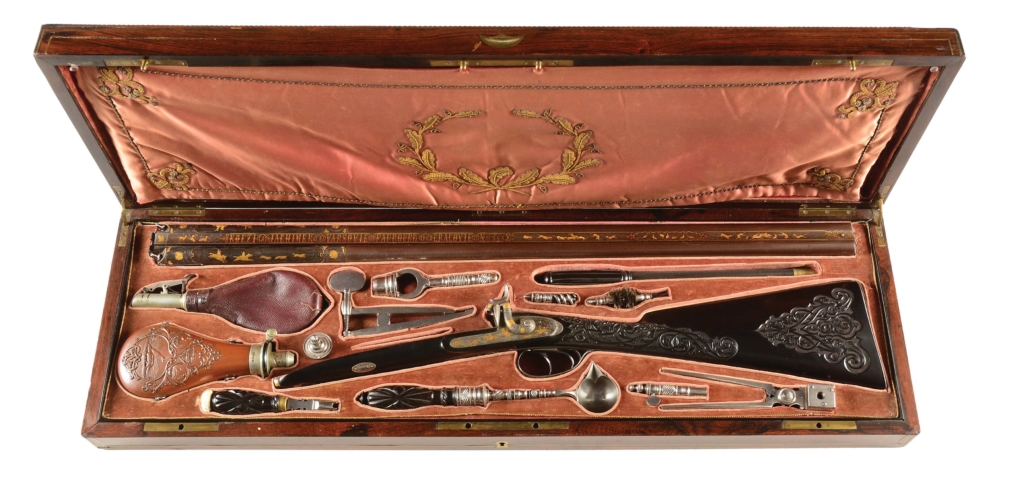
The Bunker Hill gun sold for nearly $200,000 more than its high estimate. Its price reflected a pattern seen throughout the auction, in which rare and historically important firearms met or exceeded expectations. For example, a circa-1850 relief gold-inlaid and engraved percussion shotgun made by Keozi & Jahchimek of Warsaw and Krakow, presented in its original rosewood case with accessories, sold for $270,000 against an estimate of $90,000-$120,000.
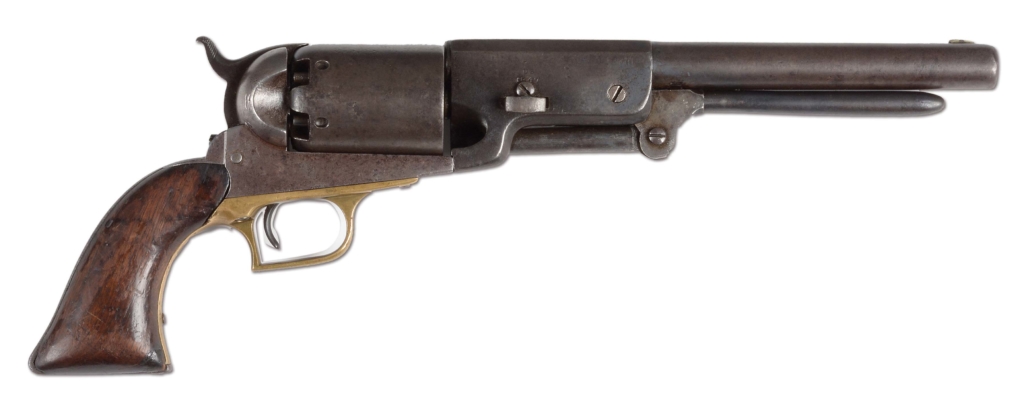
A handgun of the Old West, a Colt 1847 Walker A Company No. 181 percussion revolver – one of only 1,000 made to arm mounted troops for the war in Mexico – came to auction with an $80,000-$120,000 estimate. Authenticated by the Texas Gun Collectors Association, it attracted very strong interest and was bid to $153,750.
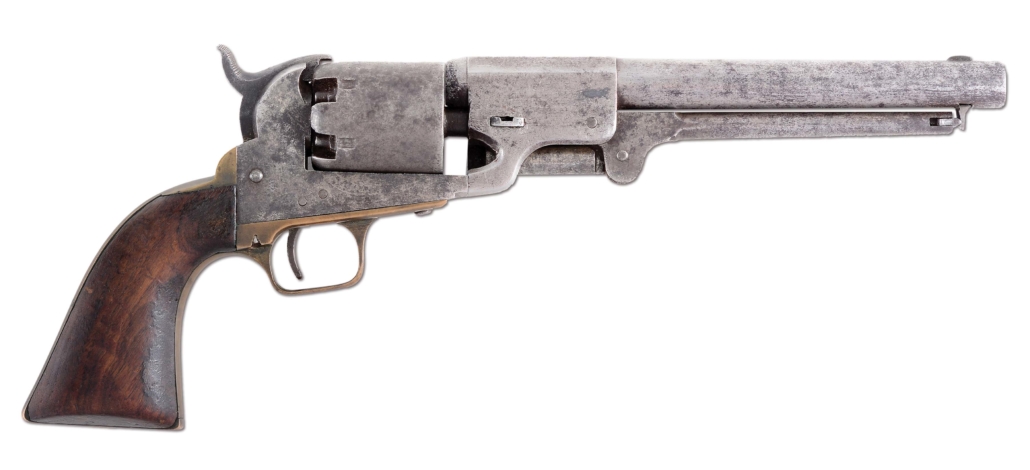
A second significant Texas gun, a J.H. Dance & Bros. Confederate Army revolver, was described in Morphy’s catalog as “desirable, hard to find” and one of about 100 survivors of its type. Depicted in the Gary Wiggins book DANCE & BROTHERS, Texas Gunmakers of the Confederacy, the .44-caliber revolver sold for an above-estimate $63,000.
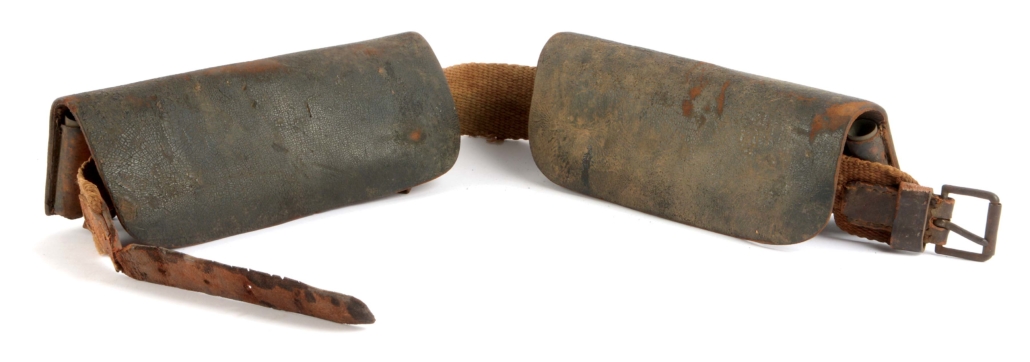
Another extremely rare discovery of the Civil War Period, a canvas belt with two Confederate Morse carbine cartridge boxes, complete with tin tubes designed to house cartridges, came with an accompanying note that reads, in part, “Found in old Morse Packing Box by W.A. Floyd at Pendleton, South Carolina…” The belt and boxes are shown on Pages 146-147 of the 1978 book Confederate Longarms and Pistols by Hill and Anthony, which added to its appeal to collectors. Estimated at $6,000-$8,000, the lot realized $22,800.
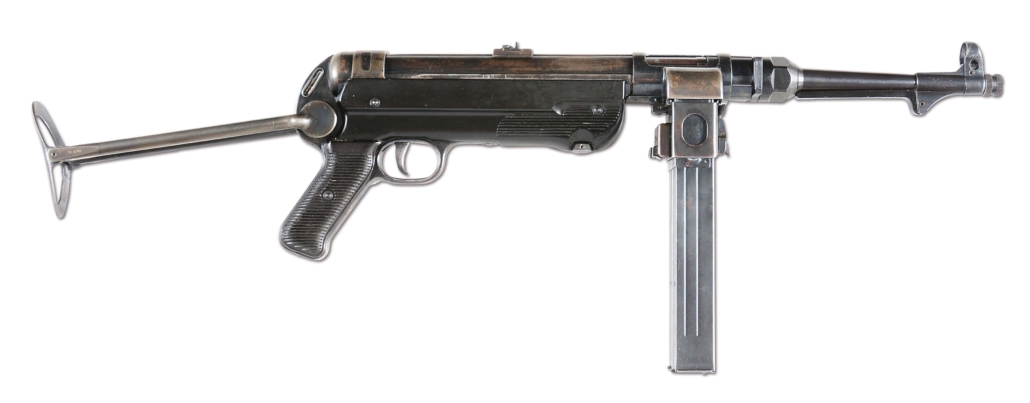
Antique machine guns, whose resale is strictly controlled and requires BATF approval prior to transfer, continue to achieve top prices at auction as “curios and relics.” One of the finest examples in Morphy’s sale, a World War II German 9mm Erma dual-magazine-housing MP40/II machine gun with Erma, Krupp and numerous Nazi proofs sold above its estimate range for $102,000.
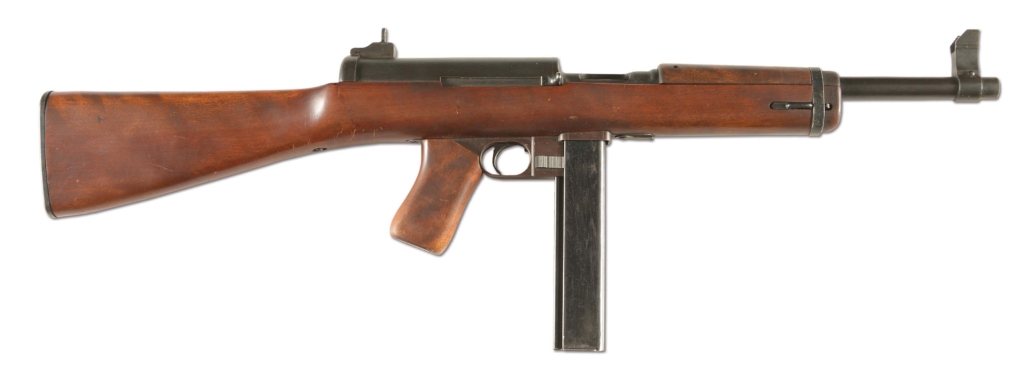
A Marlin-manufactured and Numrich Arms Company-registered M2 submachine gun, the US military successor to M2A2 Thompson Marlin, rose to $52,275 (estimate: $30,000-$35,000); while a British Vickers Model 1912 .303-caliber machine gun made for the El Salvador government, accompanied by its rare original commercial tripod, made $47,970 (estimate: $12,500-$20,000).
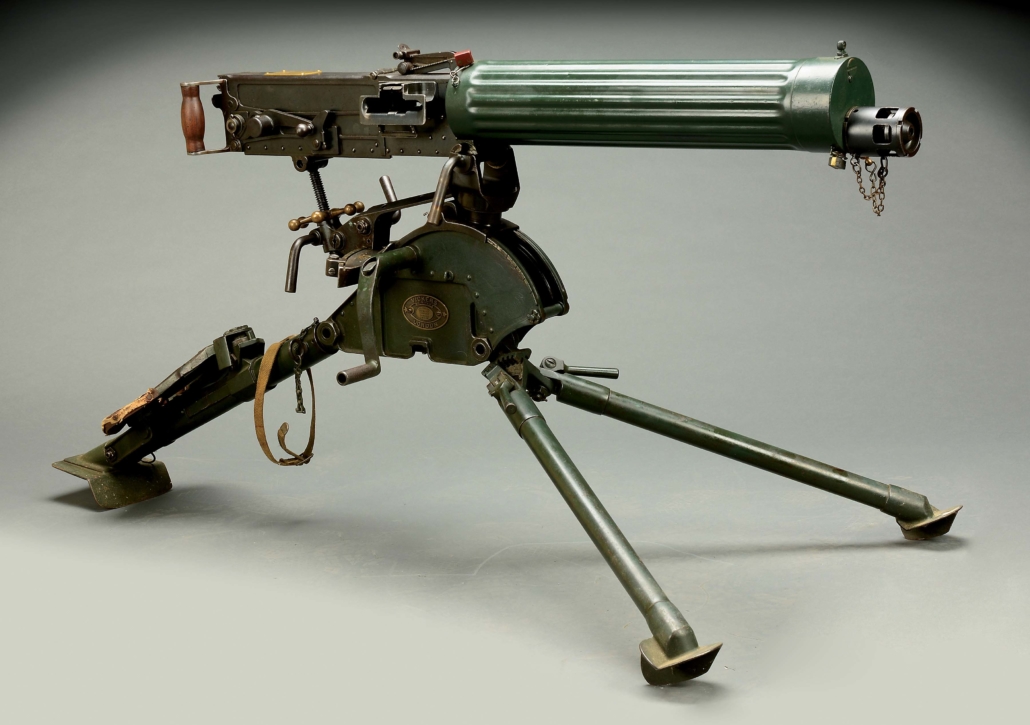
Among the many other noteworthy lots was a 1950 J. Purdey & Sons (London) .410 bore game shotgun, 28in barrel, with original case with accessories, which sold for $51,660.

Another great prize, an extremely fine .41 rocket ball caliber Navy-size pistol marked THE VOLCANIC REPEATING ARMS CO. PATENT NEW HAVEN CONN. FEB. 14, 1854, commanded $35,670.
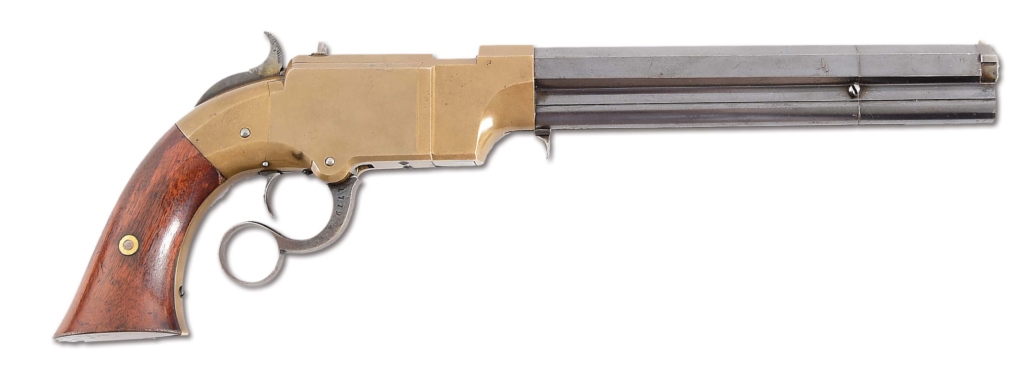
To discuss consigning to a future firearms auction at Morphy’s, call 877-968-8880 or email info@morphyauctions.com. Online: www.morphyauctions.com.
[av_button label=’Click to view the auction catalog with prices realized’ link=’manually,https://www.liveauctioneers.com/auctioneer/249/dan-morphy-auctions/’ link_target=’_blank’ size=’medium’ position=’center’ label_display=” icon_select=’no’ icon=’ue800′ font=’entypo-fontello’ color=’theme-color’ custom_bg=’#444444′ custom_font=’#ffffff’ av_uid=’av-7q0b111′ custom_class=” admin_preview_bg=”]



